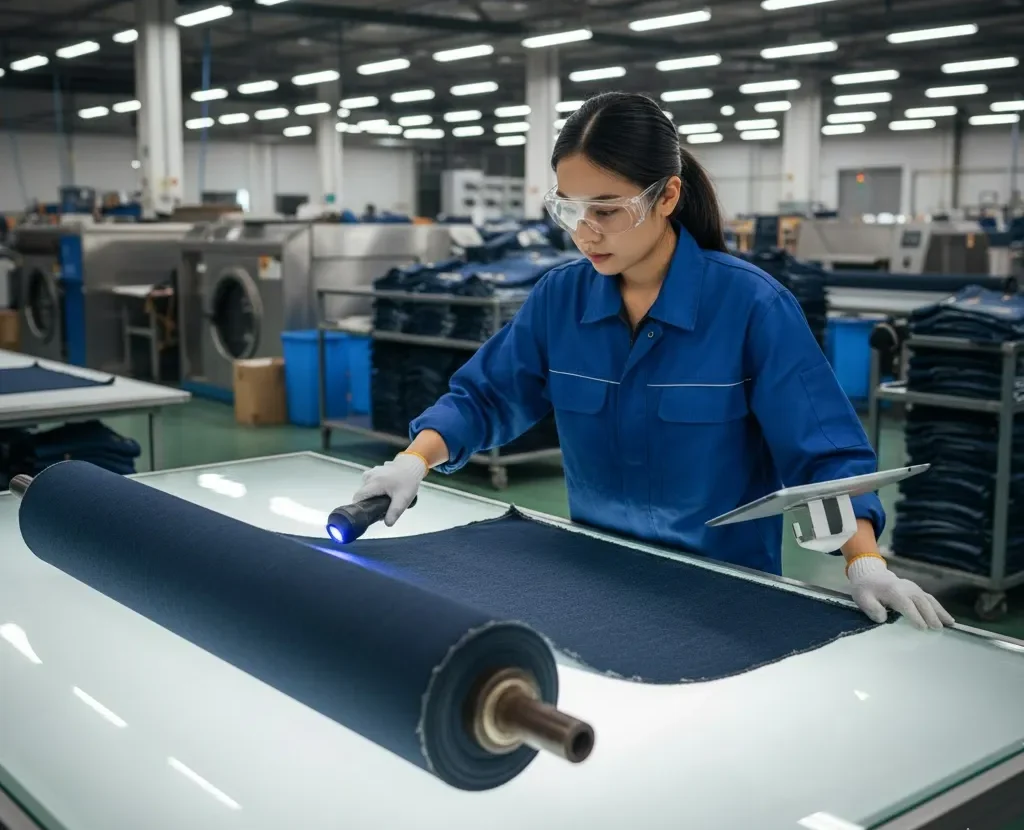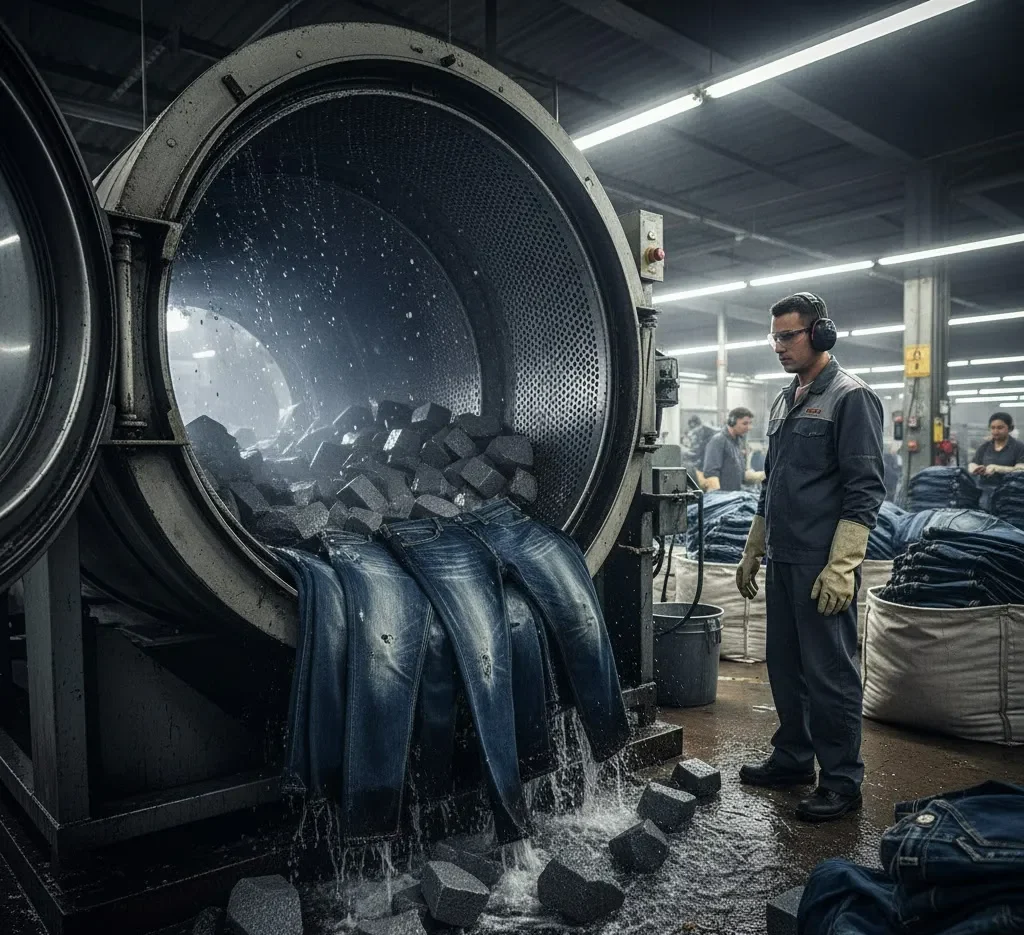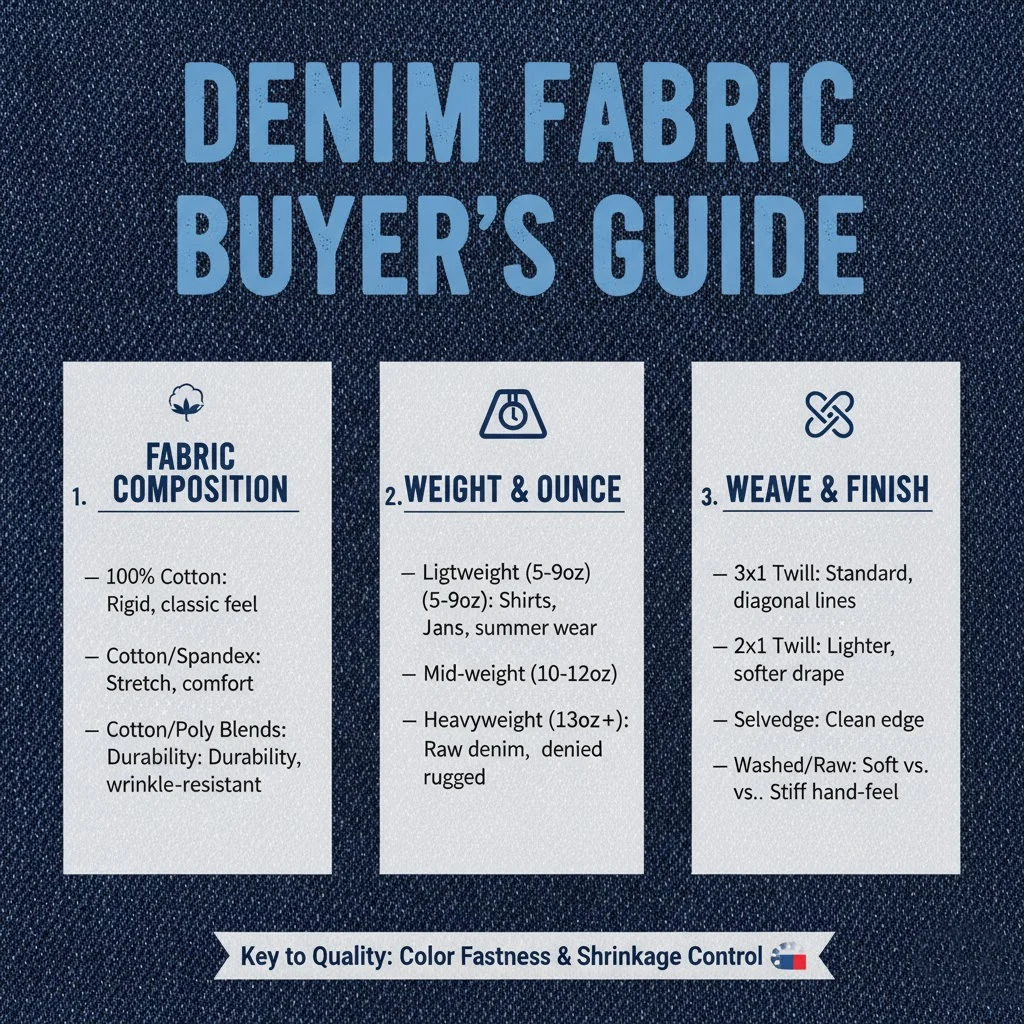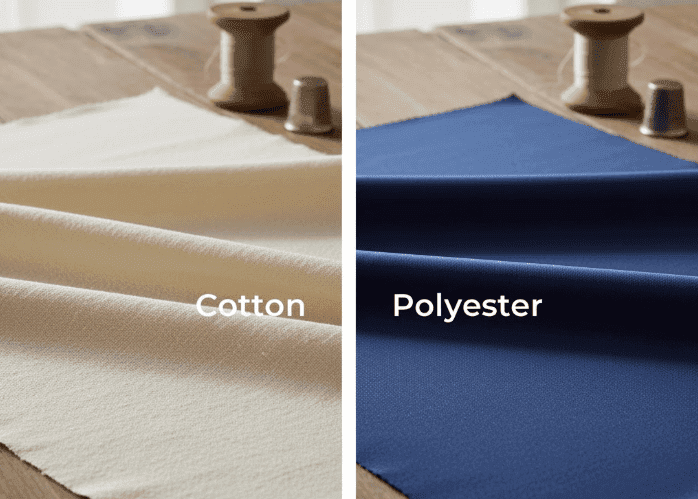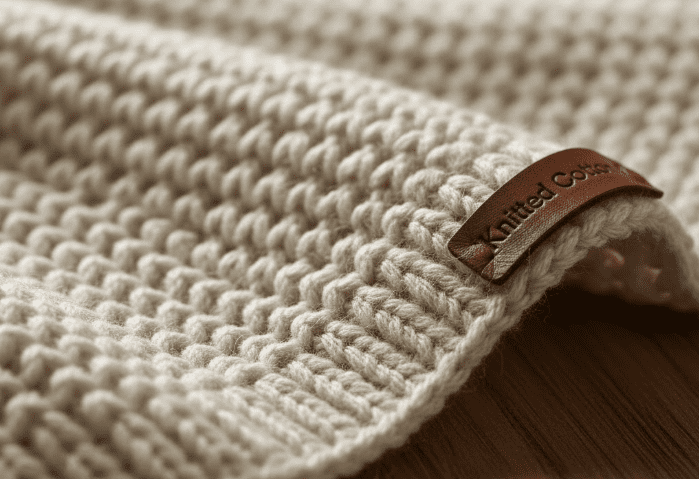What is Poplin Fabric? A Definitive 2025-2026 Guide
If you’ve ever wondered what gives a luxury dress shirt its signature crispness and smooth, cool feel, the answer is often a single word: Poplin. It’s a ubiquitous term in the textile world, yet widely misunderstood: Is it a fiber? Is it a finish?
This guide is intended to be your definitive resource for understanding what is poplin fabrics are. We will go beyond marketing terms to provide a comprehensive, technical yet simple explanation. We’ll explore its unique weave, key properties, common types, and its common uses.
What is Poplin Fabric?
Poplin isn’t a specific fabric; it’s simply a weave.

Simply put, poplin is a fabric woven with many very fine longitudinal threads (warp) and slightly thicker horizontal threads (weft). In other words, any fabric woven this way can be called poplin, though the name varies depending on the fabric.
Is poplin natural or synthetic?
This is a common point of confusion. First, as we mentioned earlier, poplin is not a type of fiber; it is a type of weave. This means it can be made from a variety of raw materials. So, there’s no such thing as natural or synthetic. If I had to say, I personally believe that if it’s made from natural fibers, it’s natural poplin, and if it’s made from synthetic fibers, it’s synthetic poplin.
Is poplin woven or knit?
Poplin is definitively a woven fabric. Its unique texture and characteristics are born from its specific weaving method. To understand poplin, you must understand its weave.
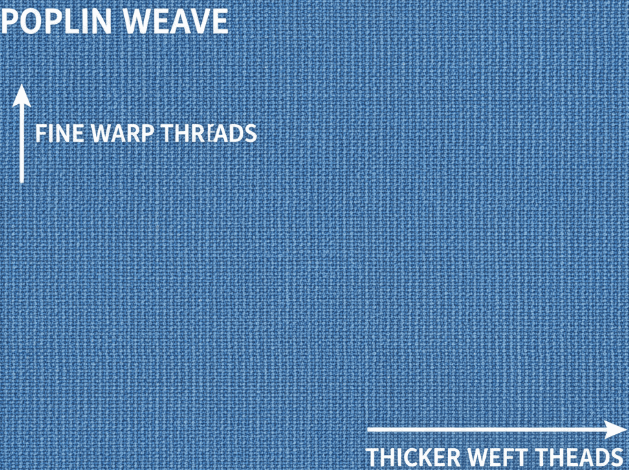
Imagine the simplest grid pattern, where one thread goes over and under another—this is a basic plain weave. The secret to the poplin weave is a subtle but crucial modification: it uses finer yarns in the warp (the vertical threads) and thicker yarns in the weft (the horizontal threads). These threads are packed together very tightly, with many more warp threads than weft threads. This creates a fine, almost invisible cross-grain ribbing effect, which is the source of poplin’s signature crispness.
What are its characteristics?
The unique poplin weave gives the fabric a set of highly desirable characteristics that designers and consumers love.
Crisp and Smooth Feel
The tight weave and fine ribbing create a fabric surface that is exceptionally smooth, cool to the touch, and has a distinct “crisp” hand-feel. This answers the question, what does poplin fabric feel like?
Lightweight and Breathable
Despite its dense construction, poplin is typically lightweight and allows air to circulate effectively. This makes it extremely comfortable to wear in warm climates and answers the query, is poplin good for summer?
Durable and Strong
The tight interlocking of the threads makes poplin a surprisingly strong and durable fabric for its weight. Its resistance to tearing is excellent, a quality verifiable by international standards like ISO 13937-2 (Tear properties of fabrics).
Excellent Dye and Print Quality
The smooth, uniform surface of poplin makes it a perfect canvas for both dyeing and printing. Colors appear rich and saturated, and printed patterns are sharp and clear.
What are the common types of Poplin Fabric?
While the weave is the defining feature, the fiber content creates different variations with distinct properties.
What is Cotton Poplin?
This is the industry gold standard. What is cotton poplin material? It is poplin woven from 100% cotton fibers, often high-quality varieties like Pima or Egyptian cotton. It combines the crispness of the poplin weave with the natural softness, breathability, and absorbency of cotton. High-quality cotton poplin should meet safety standards, which can be verified by certifications from organizations like OEKO-TEX®, ensuring it is free from harmful substances.
What is Poly Poplin Fabric?
What is poly poplin fabric? This refers to poplin woven from 100% polyester fibers or a polyester-cotton blend. Its primary advantages are its exceptional wrinkle resistance, durability, and lower cost. It is a workhorse fabric commonly used for uniforms, tablecloths, and event decorations where easy care is a priority.
The Poplin Series: Comparison with Other Shirting Fabrics
To truly understand poplin, it’s helpful to compare it to other classic shirting fabrics. This helps to highlight its unique position in the textile world.
For a more detailed analysis, read our upcoming deep-dive: Poplin vs. Twill vs. Oxford: The Ultimate Shirting Fabric Showdown
What are Poplin Fabric’s Uses? Application Showcase
The balanced properties of poplin make it incredibly versatile. What is poplin fabric used for? It shines in applications where structure, smoothness, and comfort are all required.
The Classic Shirting Fabric
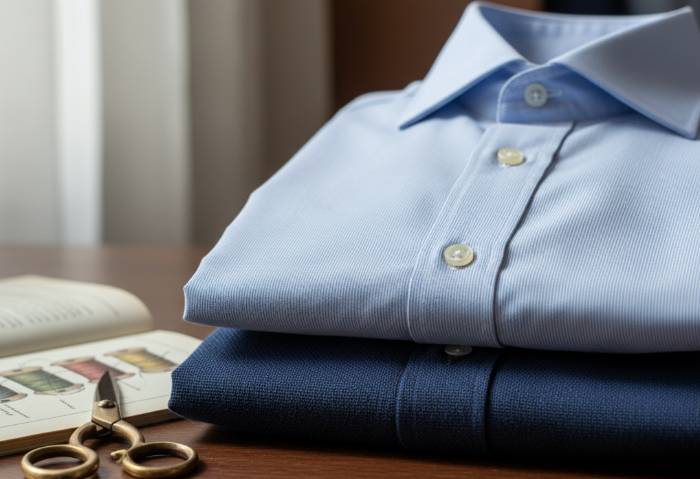
This is poplin’s most iconic role. Its crispness gives a sharp, professional look to dress shirts, while its breathability ensures all-day comfort. The smooth surface also makes it easy to iron. A high-quality cotton poplin shirt is a staple in any well-curated wardrobe.
Elegant Dresses and Skirts
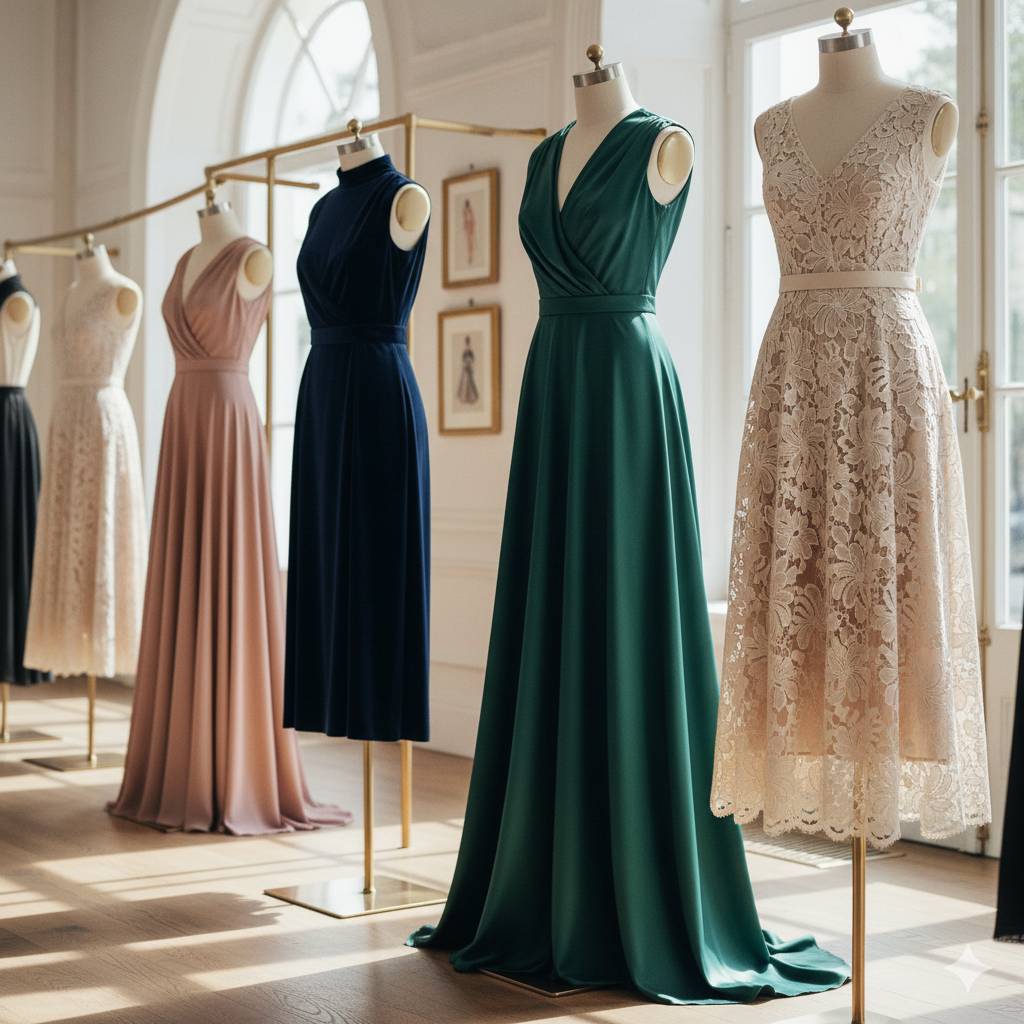
Poplin’s structure and drape make it ideal for dresses and skirts that require some body and shape, such as A-line skirts or shirt dresses. It holds its form without being stiff, creating a clean, elegant silhouette. A white poplin skirt is a timeless summer piece.
Lightweight Trousers and Shorts
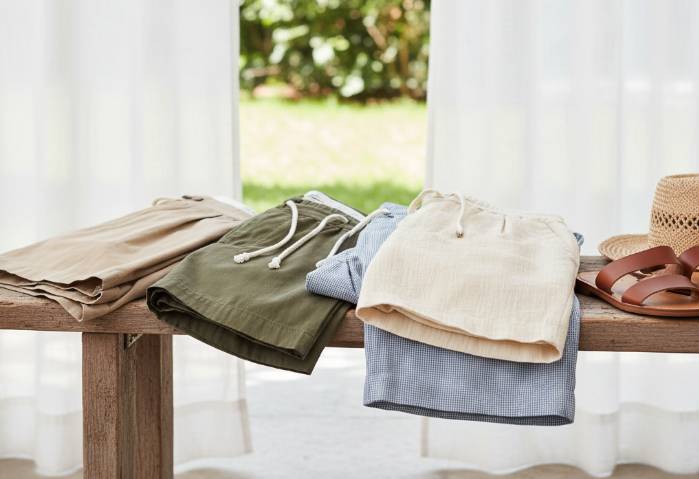
For spring and summer, poplin pants, poplin trousers, and poplin shorts are excellent choices. The fabric is durable enough for pants but lightweight enough to remain cool and comfortable in warm weather.
Other Uses
Beyond the main applications, poplin is also used for high-quality poplin pajama pants, lightweight jackets, and even premium home textiles.
Common Buyer Questions and Concerns
As a supplier, I often hear the same two questions from new buyers. Let’s address them head-on.
Does poplin shrink?

Yes, if it’s made from 100% natural fibers like cotton, poplin will have a natural tendency to shrink, typically around 3-5% on the first wash. However, reputable manufacturers will almost always subject the fabric to a process that pre-shrinks it to minimize further shrinkage.
When sourcing, Always check the supplier’s specs for the shrinkage rate.
Does poplin wrinkle?
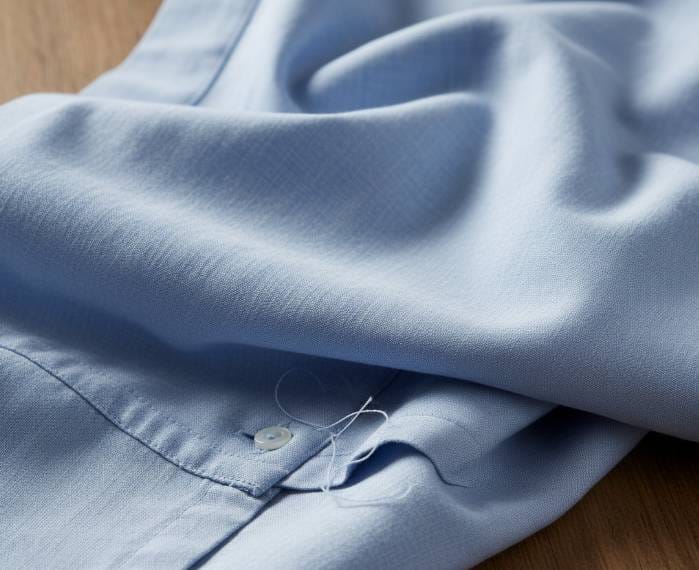
Yes, this is the main trade-off for cotton poplin’s wonderful natural qualities. Its crispness means it does wrinkle more easily than synthetic fabrics or softer weaves like twill. A high-quality poplin with a fine yarn count will be easier to iron, and stretch poplin varieties also show improved wrinkle resistance.
Sourcing Tips for Poplin
As this article is designed to showcase our factory’s expertise, here are a few tips for sourcing high-quality poplin:
- ✓
Specify the Yarn Count and Fabric Weight: For a luxury shirt, don’t just ask for poplin. Ask for 100S/2 ply cotton poplin, approx. 120-140 GSM. This shows you are a knowledgeable buyer. (For more on this topic, please see our detailed Fabric Weight & Yarn Count Guide).
- ✓
Inquire About the Finish: Ask if the fabric has an easy-iron or liquid ammonia finish, which can improve feel and wrinkle resistance.
- ✓
How to Care for Poplin Fabric
Proper care is essential to maintaining poplin’s crisp appearance.
Washing: Wash in cool or warm water on a gentle cycle.
Drying: Tumble dry on low heat and—this is key—remove the garment while it is still slightly damp.
Ironing: The secret to a perfect finish is to iron the garment while it is still slightly damp, using a medium-to-hot setting. This makes it much easier to achieve a smooth, wrinkle-free result.
Frequently Asked Questions (FAQ)
Q1: Is poplin the same as broadcloth?
They are very similar, both being a plain weave fabric. Historically, broadcloth was a wider fabric. Today, “broadcloth” often refers to a very smooth, fine, and lightweight poplin, making it an excellent choice for the most formal of dress shirts. The terms are sometimes used interchangeably, but broadcloth is generally considered the smoother of the two.
Q2: Is poplin see-through?
It can be, depending on the color and weight. A standard white shirting poplin (around 120 GSM) is generally opaque. However, a very lightweight poplin (under 100 GSM) in white or a light pastel color may be slightly sheer and might require a lining, especially for dresses or skirts.
Q3: What is the difference between poplin and twill?
The main difference is the weave. Poplin is a plain weave with a crisp, flat surface. Twill has a visible diagonal weave pattern (like in denim or chinos), which makes it generally softer, drapier, and more wrinkle-resistant than poplin.

